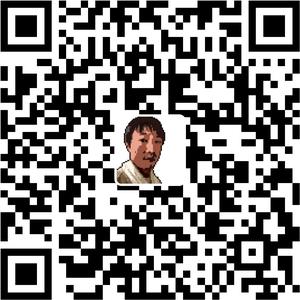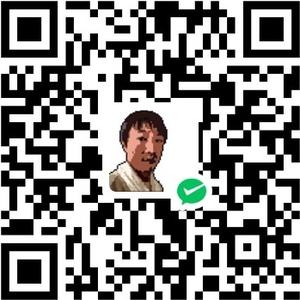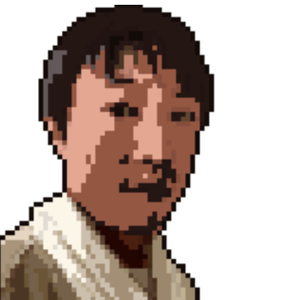Section C
Directions: There are 2 passages in this section. Each passage is followed by some questions or unfinished statements. For each of them there are four choices marked A), B), C)and D). You should decide on the best choice and mark the corresponding letter on Answer Sheet 2 with a single line through the centre.
Passage One
Questions 46 to 50 are based on the following passage.
Educators and business leaders have more in common than it may seem. Teachers want to prepare students for a successful future. Technology companies have an interest in developing a workforce with the STEM (science, technology, engineering and math)skills needed to grow the company and advance the industry. How can they work together to achieve these goals? Play may be the answer.
Focusing on STEM skills is important, but the reality is that STEM skills are enhanced and more relevant when combined with traditional, hands-on creative activities. This combination is proving to be the best way to prepare today’s children to be the makers and builders of tomorrow. That is why technology companies are partnering with educators to bring back good, old-fashioned play.
In fact many experts argue that the most important 2lst-century skills aren’t related to specific technologies or subject matter, but to creativity; skills like imagination, problem-finding and problem-solving, teamwork, optimism, patience and the ability to experiment and take risks. These are skills acquired when kids tinker(鼓捣小玩意). High-tech industries such as NASA’s Jet Propulsion Laboratory have found that their best overall problem solvers were master tinkerers in their youth.
There are cognitive(认知的) benefits of doing things the way we did as children—building something, tearing it down, then building it up again. Research shows that given 15 minutes of free play, four- and five-year-olds will spend a third of this time engaged in spatial, mathematical, and architectural activities. This type of play—especially with building blocks—helps children discover and develop key principles in math and geometry.
If play and building are critical to 21st-century skill development, that’s really good news for two reasons:Children are born builders, makers, and creators, so fostering(培养) 21st-century skills may be as simple as giving kids room to play, tinker and try things out, even as they grow older. Secondly, it doesn’t take 21st-century technology to foster 21st-century skills. This is especially important for under-resourced schools and communities. Taking whatever materials are handy and tinkering with them is a simple way to engage those important “maker” skills. And anyone, anywhere, can do it.
教育工作者和商界领袖的共同点比看起来的要多。 46 老师想使学生为成功的未来做好准备。科技公司有兴趣培养一支具备STEM(科学、技术、工程和数学)技能的员工队伍,以促进公司的壮大和行业的发展。他们如何协同合作来实现这些目标呢?答案可能是玩耍。
47 关注STEM技能很重要,但现实情况是,当与传统的、实际动手操作的创意活动相结合时,STEM技能会增强,也会更有现实意义。事实证明,这种结合是让当今的孩子准备好成为未来的创造者和建造者的最佳方式。这就是为什么科技公司正在与教育工作者合作,重新引入优质的老式游戏的原因。
事实上,许多专家认为, 48 21世纪最重要的技能与特定的技术和主题无关,而是与创造力有关,比如想象力、发现问题和解决问题的能力、团队合作、乐观、耐心以及试验和冒险的能力。这些都是孩子们在鼓捣小玩意时获得的技能。美国宇航局喷气推进实验室等高科技行业发现,他们最好的全局问题解决者在小的时候都是捣鼓小玩意的大师。
49 按照我们小时候的方式——建造一个东西,把它拆除,然后再建造一次——来做事是有认知方面的好处的。研究表明,如果四五岁的孩子有15分钟的自由玩耍时间,他们会将三分之一的时间花在与空间、数学和建筑相关的活动上。这类游戏——尤其是搭积木——帮助孩子们发现和进一步掌握数学和几何中的关键原理。
如果玩耍和建造是掌握21世纪所需技能的关键,那么这确实是一个好消息,原因有两个:首先,孩子们天生就是建造者、制造者和创造者,所以培养21世纪所需的技能可能就像给孩子们空间去玩耍、去鼓捣小玩意、去尝试一样简单,即使当他们长大了也是如此。其次,培养21世纪所需的技能并不需要21世纪的技术。 50 这对于资源不足的学校和社区来说尤为重要。利用手边的任何素材、鼓捣这些素材是应用这些重要的“创造者”技能的一种简单的方法。并且任何人,在任何地方,都可以做到。
- 46
- 单选题
- 分值:14.2
What does the author say about educators?
46.关于教育工作者,作者说了什么?
A)他们为实现教学目标向科技公司寻求建议。
B)他们成功地为公司准备了劳动力。
C)他们帮助学生获得在未来取得成功所需的技能。
D)他们与科技公司合作以提高教学效率。
- 47
- 单选题
- 分值:14.2
How can educators better develop students’ STEM skills, according to the author?
47.根据作者所说,教育工作者如何才能更好地培养学生的STEM技能?
A)通过将它们与传统的、趣味盎然的活动结合起来。
B)通过邀请商业领袖帮助设计课程。
C)通过提高学生的批判性思维能力。
D)通过向学生说明最好的学习方式是玩。
- 48
- 单选题
- 分值:14.2
How do children acquire the skills needed for the 2lst century?
48.孩子们如何获得21世纪所需的技能?
A)通过参与涉及具体技术的活动。
B)通过鼓捣小玩意来自己解决问题。
C)通过让自己熟悉高科技的小玩意。
D)通过团队合作来掌握基本原则。
- 49
- 单选题
- 分值:14.2
What can we do to help children learn the basics of math and geometry?
49.我们可以做些什么来帮助孩子学习数学和几何的基础知识?
A)尽早激发他们的兴趣。
B)花更多的时间和他们一起玩游戏。
C)鼓励他们动手制作东西。
D)允许他们自由地鼓捣计算器。
- 50
- 单选题
- 分值:14.2
What does the author advise disadvantaged schools and communities to do?
50.作者建议条件差的学校和社区做什么?
A)培养学生成为满足未来市场需求的创造者。
B)利用现有的资源培养学生的创造性技能。
C)让学生参与到有挑战性的任务当中,以培养他们的创造力。
D)与公司合作来改善他们的教学设施。
留言数:0



